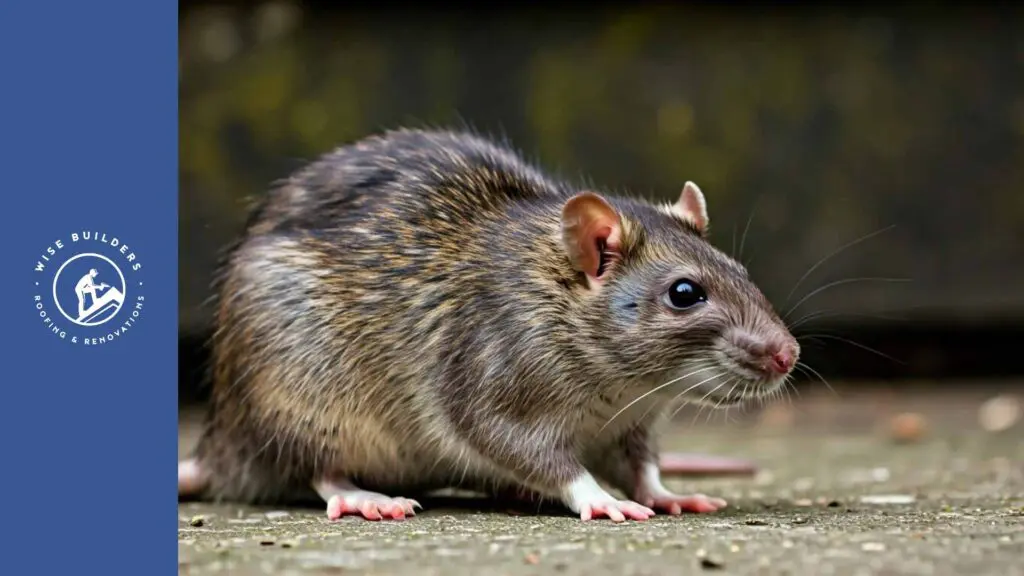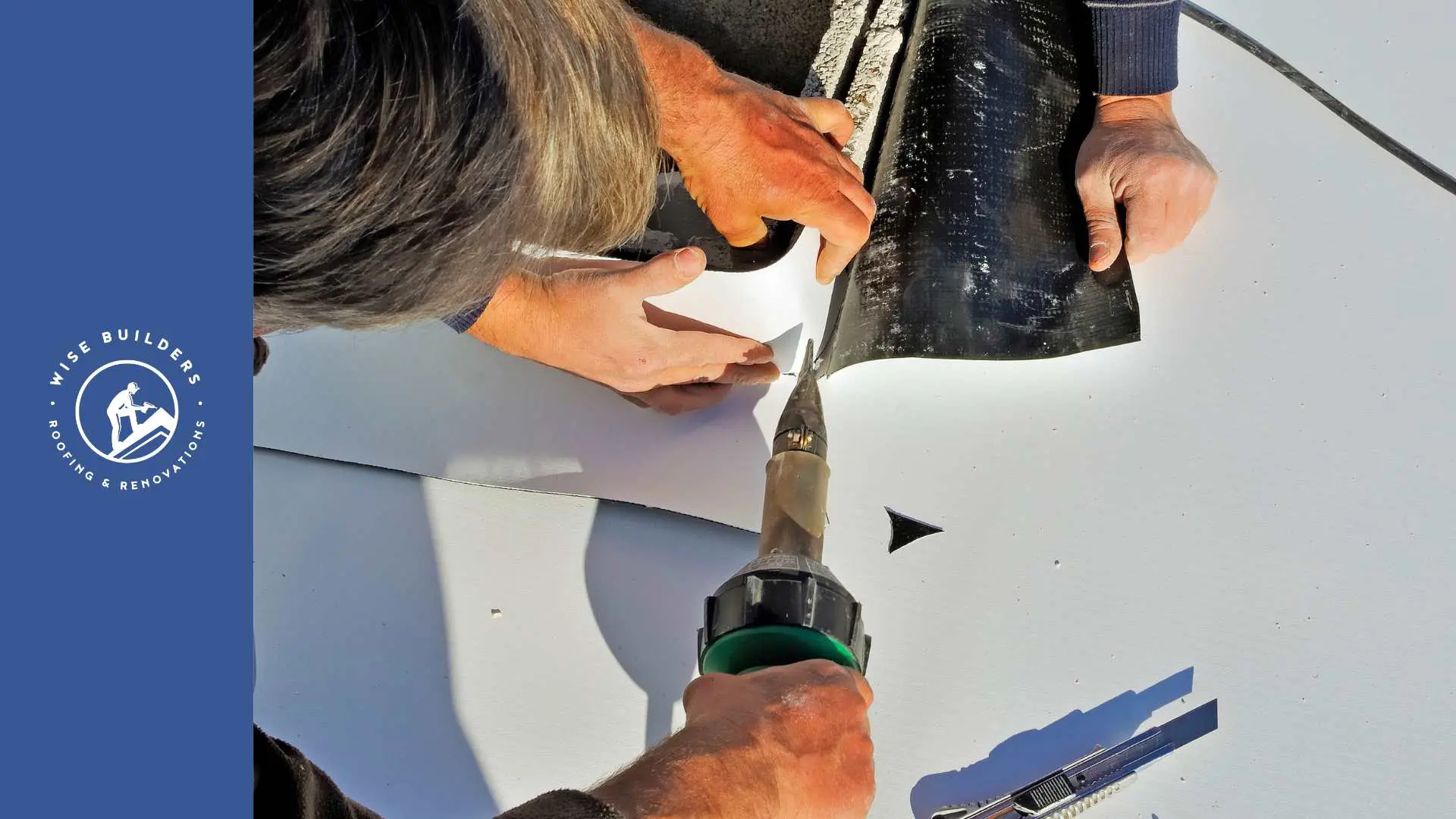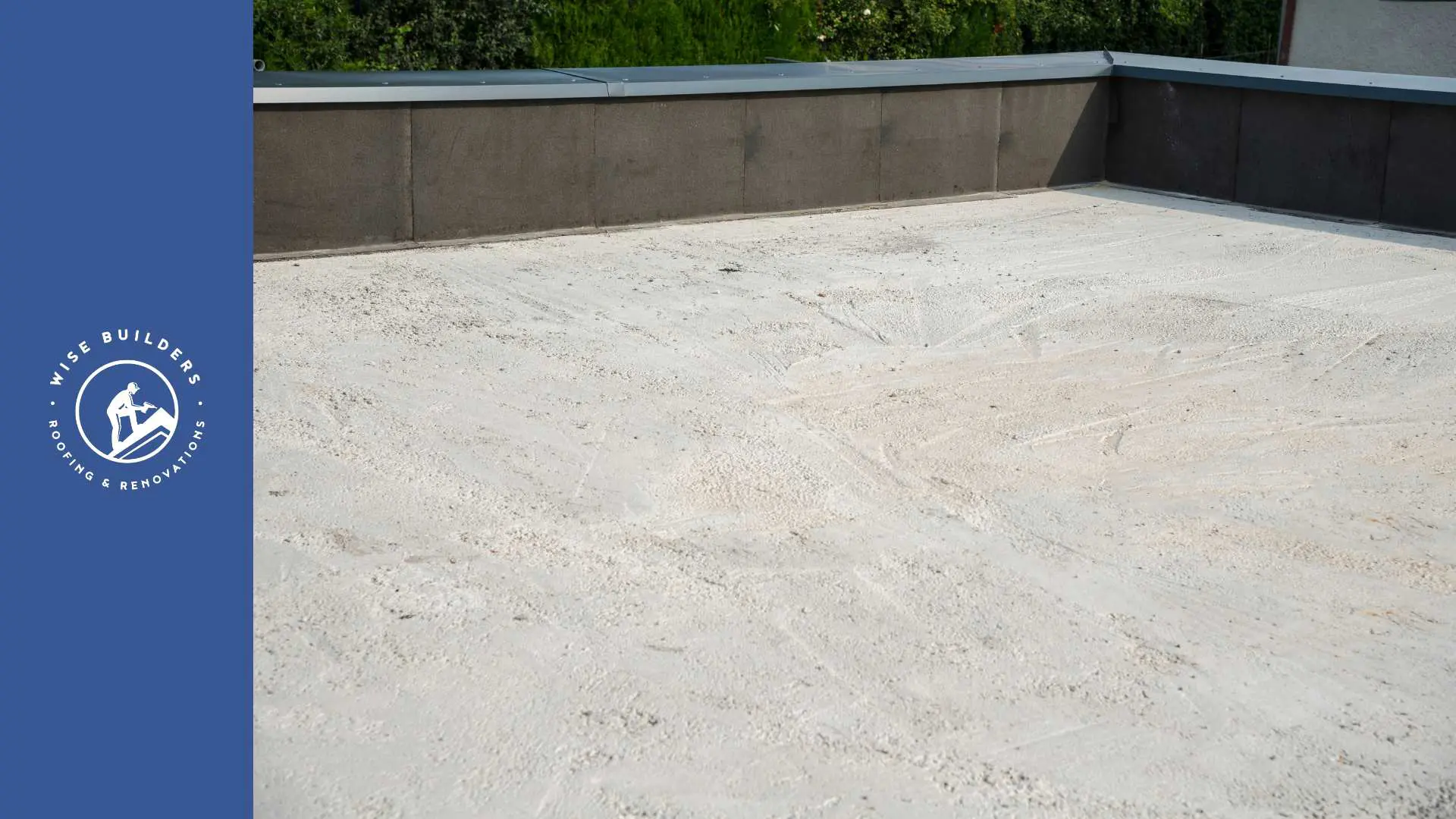
Key Highlights
- Roof rats, notorious for their climbing abilities, are commonly found in coastal states and the southern United States.
- These rodents pose significant health risks, including the transmission of diseases like the bubonic plague, typhus, and salmonellosis.
- Their presence is marked by droppings, gnaw marks, and noises in attics or walls.
- Roof rats can cause considerable structural damage by gnawing on electrical wires, pipes, and wooden structures.
- Prevention is crucial and involves sealing entry points, maintaining sanitation, and properly storing food.
Introduction
In the United States, particularly in coastal regions, roof rats are a common pest. These rodents, known for their exceptional climbing abilities, can quickly turn into a homeowner’s nightmare. A roof rat infestation can lead to various problems, from structural damage to health risks. Understanding their behavior, habitat, and prevention methods is crucial for effective control and maintaining a safe and healthy living environment.
Understanding Roof Rats

Roof rats (Rattus rattus), also called black rats or ship rats, are highly adaptable rodents known for their ability to thrive in a variety of environments, particularly urban areas. They have spread globally, establishing themselves in various climates, and are notorious for their roles in spreading diseases throughout history.
Their success as a species is linked to their flexibility in diet, nesting habits, and remarkable agility, allowing them to exploit opportunities in human-dominated landscapes.
Characteristics and Appearance
Rattus rattus, commonly referred to as the black rat or roof rat, is characterized by its slender body, large ears, and a tail typically longer than its body. They have a keen sense of hearing, which makes them highly aware of their surroundings. Their fur is usually smooth and can range in color from black to brown, with some individuals displaying a mix of both.
Adult roof rats can grow up to 16 inches in length, including their tails. They have relatively large ears and prominent black eyes. Compared to the Norway rat, a close relative, roof rats are more slender in build and possess a longer tail in proportion to their body.
Their agility and ability to climb are unmatched in the rodent world. They are adept at squeezing through small openings, making it essential for homeowners to seal any potential entry points.
Habitat Preferences and Distribution in the United States
Roof rats demonstrate a preference for warmer climates and are commonly found in coastal states of the United States. They are highly adaptable and can survive in a variety of environments, from urban centers to rural settings. Their ability to thrive in such diverse conditions makes them a persistent pest.
In the United States, their distribution is primarily concentrated in the southern and coastal regions. They are less common in colder climates.
Here’s a table showing their prevalence in various U.S. regions:
| Region | Prevalence |
|---|---|
| Southeast | High |
| Southwest | High |
| Pacific Coast | High |
| Northeast | Moderate |
| Midwest | Low |
Life Cycle and Behavior of Roof Rats

Understanding the life cycle and behavior of roof rats is crucial for effective control. Their ability to reproduce rapidly contributes to their persistence as a pest, and their nocturnal habits often make them difficult to detect until infestations are well-established.
Roof rats are primarily active at night, emerging from their nests to forage for food and water. They are social creatures and often live in colonies, which can increase the potential for significant damage and disease spread if left unchecked.
Breeding Patterns and Lifespan
The breeding patterns of roof rats contribute to their rapid population growth. These rodents have a relatively short lifespan, averaging around one year in the wild. However, within that year, a female roof rat can give birth to multiple litters, with each litter consisting of 5 to 8 pups.
The gestation period for roof rats is remarkably short, lasting only about three weeks. This means that a single female can produce a significant number of offspring throughout her lifetime. This rapid reproduction rate makes it vital to address infestations promptly before they spiral out of control.
Their short lifespan, combined with their high reproductive output, often leads to a boom-and-bust cycle in their populations, particularly in areas with seasonal variations in food availability.
Nightly Activities and Diet
As nocturnal animals, roof rats are most active during the night, venturing out from their nests to scavenge for food and water. Their remarkable climbing ability allows them to access food sources that are out of reach for other rodents. They are particularly fond of fruit trees and often establish nests in attics or upper parts of buildings, giving them easy access to roofs and treetops.
Here are some of their preferred food sources:
- Fruits and berries
- Nuts and seeds
- Insects
- Pet food
Their diverse palate and lack of pickiness make them adept at finding sustenance in a variety of environments. Securing potential food sources is a crucial aspect of preventing roof rat infestations.
Identifying Signs of Roof Rat Infestations
Early detection of a roof rat infestation is vital for effective control and minimizing potential damage. While these elusive creatures are primarily active at night, their presence leaves telltale signs that homeowners should be aware of.
From droppings to gnaw marks, being able to identify these indicators can help homeowners address the problem before it escalates into a full-blown infestation.
Common Indicators in Residential Areas
Knowing where to look for signs of roof rats can help homeowners address an infestation in its early stages. Here are some common indicators to watch out for:
- Roof rat droppings: These droppings are often found concentrated in areas where roof rats travel or nest, such as attics, along walls, or near food sources.
- Gnaw Marks: Roof rats have constantly growing incisors, requiring them to gnaw on materials to keep their teeth in check. Look for gnaw marks on wood, wires, pipes, and even plastic.
- Nests: Roof rats build nests in warm, secluded areas, such as attics, wall voids, or within stored items. These nests are usually made from shredded materials like paper, fabric, or insulation.
- Noises: If you hear scratching or scurrying sounds coming from your attic or walls, especially at night, it could be a sign of roof rats.
- Runways: Roof rats often use established paths along walls, pipes, or fences. Look for smudge marks or droppings along these routes.
Health Risks Associated with Roof Rats
Beyond the structural damage they can cause, roof rats also pose significant health risks to humans. They are known carriers of various diseases, some of which can be life-threatening. Their droppings, urine, and even their presence can contaminate living spaces and lead to the transmission of these diseases.
Historically, roof rats were responsible for spreading the bubonic plague, a devastating pandemic that swept through Europe in the Middle Ages. While less common today, the plague still occurs in some parts of the world, highlighting the importance of controlling roof rat populations.
Other diseases spread by roof rats include:
- Hantavirus Pulmonary Syndrome: A severe respiratory illness transmitted through contact with infected rodent droppings or urine.
- Leptospirosis: A bacterial infection that can cause flu-like symptoms, meningitis, and liver damage.
- Salmonellosis: A bacterial infection that causes food poisoning.
Effective Strategies for Preventing Roof Rat Problems
Prevention is key to avoiding the problems associated with roof rat infestations. While complete eradication can be challenging, taking proactive measures can greatly reduce the likelihood of these unwanted guests taking up residence in your home.
Implementing a combination of exclusion methods, sanitation practices, and habitat modification can create an environment that is less appealing to roof rats.
Sealing Entry Points and Reducing Attractants
Sealing entry points is paramount to keeping roof rats out of your home. Remember, these rodents can squeeze through openings as small as a nickel. Inspect your home’s exterior thoroughly, paying close attention to areas where pipes and wires enter the structure. Use caulk, steel wool, or hardware cloth to seal any gaps or cracks.
Keep your property tidy by removing debris, woodpiles, and dense vegetation that can provide harborage for roof rats. Store firewood at least 20 feet away from your home and elevate it off the ground.
Roof rats are attracted to easily accessible food sources. Store pet food in airtight containers and avoid leaving pet food out overnight. Securely seal garbage cans and compost bins, and promptly clean up any spilled food or crumbs.
Professional Removal and Long-term Management
If you suspect a roof rat infestation, seeking professional pest control services is advisable. Experienced pest control technicians are equipped with the knowledge and tools to effectively eliminate existing infestations and offer guidance on long-term prevention.
They may utilize a combination of methods, including:
- Trapping: Snap traps and electronic traps are effective ways to capture and remove rats.
- Bait Stations: These stations contain rodenticide bait that is securely housed within a tamper-resistant box, minimizing the risk to non-target animals.
- Exclusion: Professionals can help identify and seal all potential entry points, preventing future infestations.
Conclusion
In conclusion, understanding the behavior and habits of roof rats is crucial for effective prevention and management strategies. By recognizing their characteristics, preferred habitats, and potential health risks, you can take proactive steps to safeguard your property. From sealing entry points to reducing attractants, implementing preventive measures is key to deterring roof rat infestations. If faced with a problem, seeking professional removal and long-term management solutions is advisable. Stay vigilant for common indicators of infestations and prioritize prompt action to protect your home from the detrimental effects of roof rats. For expert assistance in dealing with roof rats, consider reaching out to professionals for guidance and support.
At Wise Builders, We ensure our clients receive the best possible outcomes. Our commitment to quality workmanship and customer satisfaction is unwavering, making us the top choice for residential Roofing services in our community.
Frequently Asked Questions
How can I tell if I have roof rats and not another type of rodent?
Roof rats, Norway rats, and house mice have different habits and leave distinct signs. Roof rats, unlike Norway rats, prefer nesting in high places like attics, and their droppings are smaller and spindle-shaped. House mice droppings are even tinier.
Can roof rats cause serious damage to property?
Yes, roof rats can cause major damage. They gnaw on electrical wires (fire hazard!), wooden structures, and even lead pipes, potentially leading to expensive repairs.







